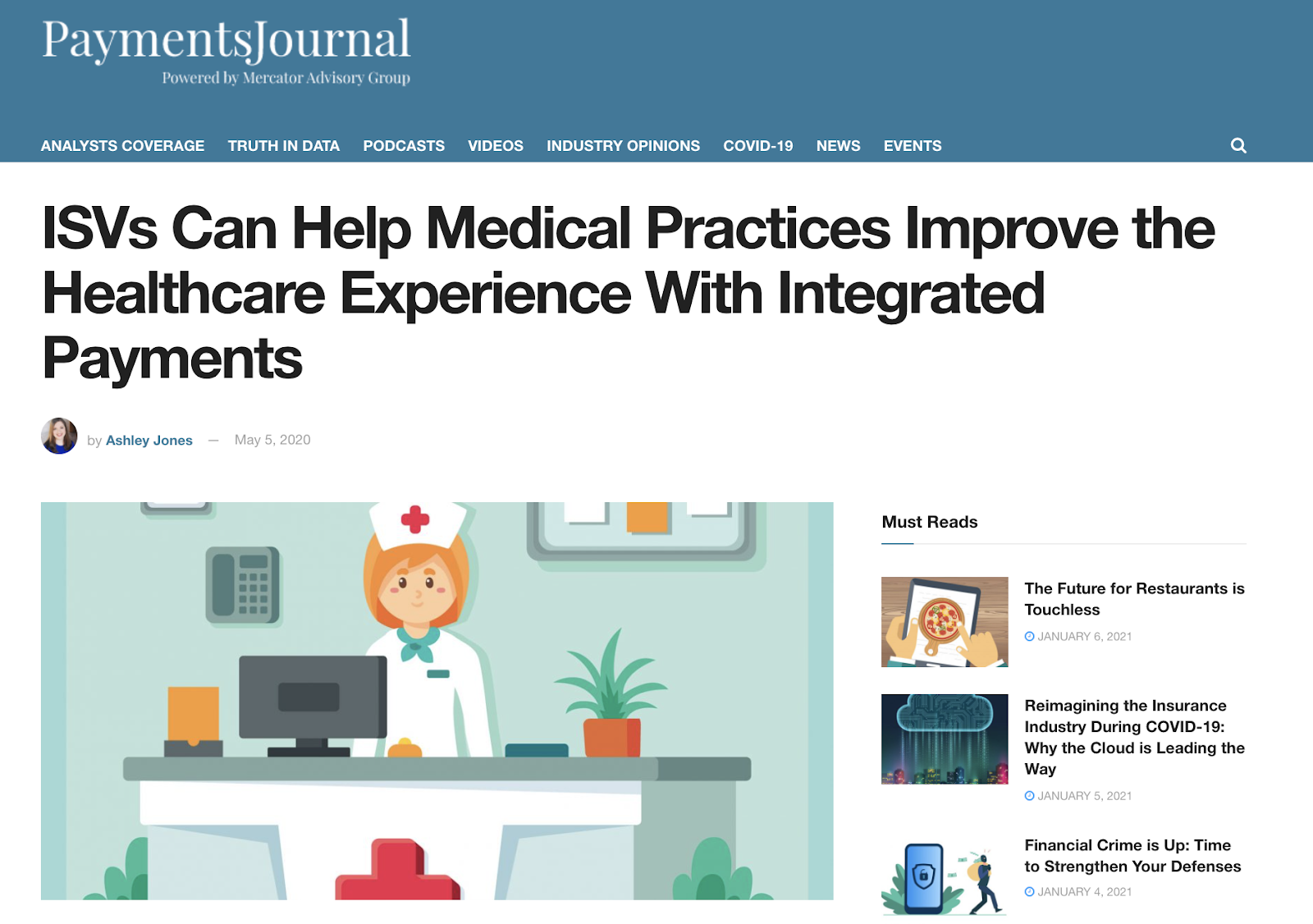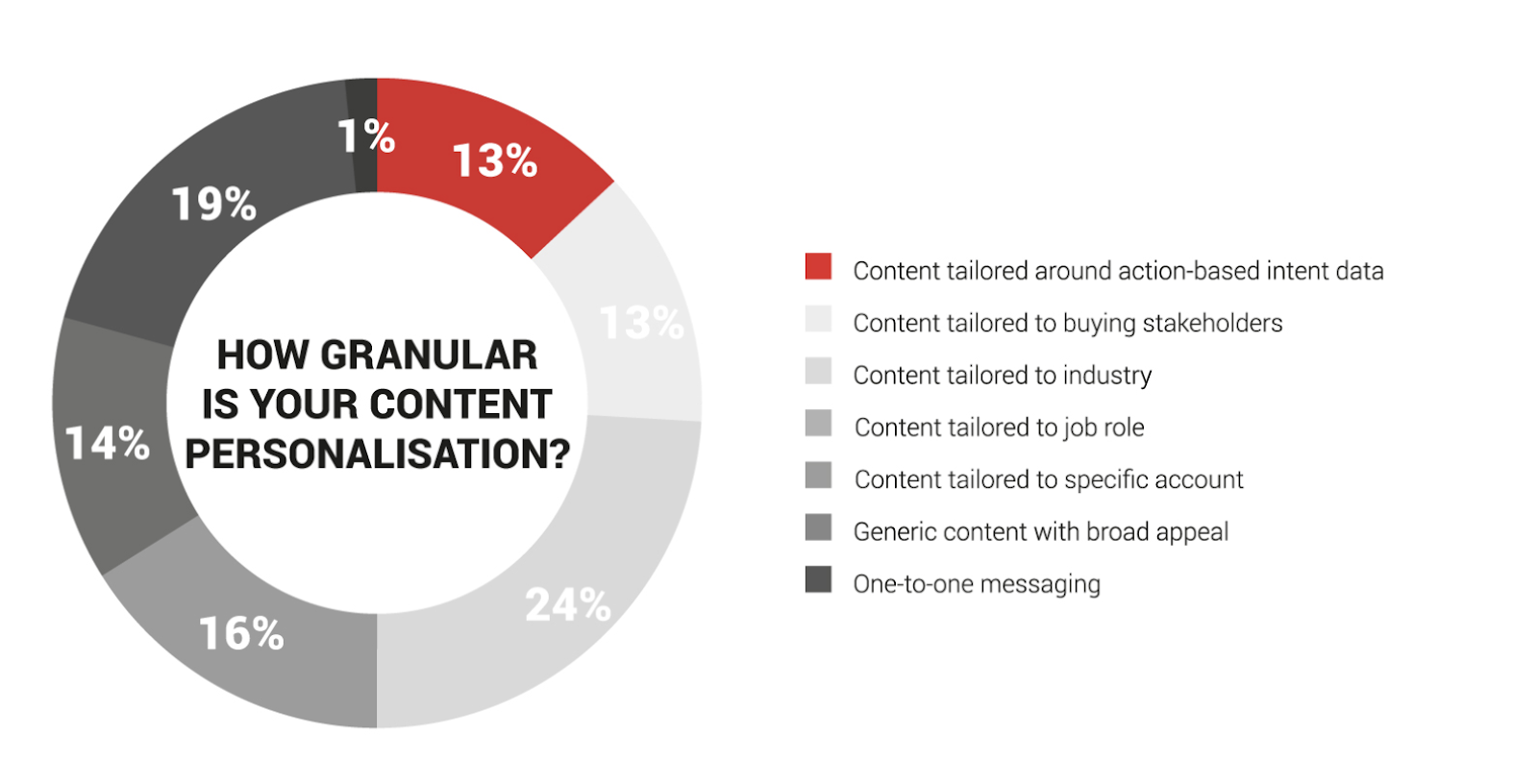The way B2B businesses engage in content marketing ebbs and flows. Last year was a unique circumstance, as life (and business) as we know it underwent a fairly immediate and significant shift. Many things moved to online channels, including eyeballs. The average daily time spent with digital media increased from 403 minutes (six hours and 43 minutes) in 2019 to 451 minutes (seven hours and 31 minutes) in 2020, largely as a result of the coronavirus pandemic.
As more people seek out digital channels for content, B2B fintechs should be extra vigilant about how they tweak their content strategy to meet their audience where that audience is spending time. Understanding the fintech content trends for 2021 is a good start in adjusting content marketing plans as needed for the rest of this year.
Video Remains a Strong Strategy
Video has been a credible contender when it comes to favorite types of content consumed. As such, it’s a favorite medium among marketers looking to amp up engagement and improve overall content marketing efforts. Take the following stats from Wyzowl, for example. Among video marketers,
- 89% report video gives them a good ROI.
- 83% report video helps them with lead generation.
- 87% report video has increased traffic to their website.
- 80% report video has directly helped increase sales.
Clover
Clover presents a great example of engaging ways to leverage video for content marketing efforts. They feature several one-minute video stories that highlight businesses that use the Clover platform. Owned by Fiserv, Clover posts these videos as part of Fiserv’s #Back2Business initiative, designed to “help jump-start small, minority-owned businesses.”

Outreach to Fintech Publications
Guest posting is a great tactic to try if you haven’t already done it. A word of caution: this is not an endeavor in which to expect short-term impacts. Guest posting must be done strategically and for at least two years to really begin to see the impacts. That said, it can be a great way to augment your current content marketing program and to expand outside of owned channels.
Global Payments Integrated
Global Payments Integrated has done some significant outreach to fintech-specific publications. Not only does this enable them to reach a new and potentially broader audience, in some cases, it earns them backlinks to their own site. Reaching out for guest post placements can be a great way to extend your fintech content marketing program beyond owned channels.

A Focus on Personalized Content
Segmentation, or grouping customers together by specific characteristics, can help content marketers more accurately personalize content for different groups. By segmenting according to geography, psychography, or behavior, marketers can create and distribute highly targeted information to each of these segments.
This type of personalization can run the gamut. While most consider broader strokes as “customization,” the intent is the same: create content that is as relevant to each segment as possible. That may mean creating content that is personalized as broadly as by industry or it may mean creating hyper-personalized content that targets individuals one-on-one. Your personalization strategy will depend on your content marketing goals, marketing tools and analytics, and the size and budget of your marketing team.

Source: Inbox Insight
Adding a Human Touch to Your Content
Great content is always humanized. What does that mean? It means finding a way to be relatable and foster a connection with your audience. If you think about some of the most memorable stories you’ve ever heard chances are, those stories were relatable to you on a personal level. Now think about how that applies to your audience. By taking their needs, emotions, inspiration, fears, and motivations into consideration, you can craft a humanized story that cuts through the chatter and reaches your audience on a personal level. That’s the stuff they’ll remember.
In looking for ways to leave an impression with your content, don’t forget to embrace:
- Empathy – Seek to understand and relate to your audience’s feelings and demonstrate that you know where they’re coming from
- Honesty – Fintech content faces an especially steep credibility hurdle, so honesty is doubly important. Always strive to be honest about your brand, products, and services – including the places where they may fall short. This makes you appear relatable and trustworthy
- Humility – Self-serving jerk is not a good look
A Conversation is a Two-Way Street
This one has two meanings. First and foremost, embrace a more conversational tone in some of your content. Yes, there is an appropriate context for producing content with a more authoritative tone. But when you have the flexibility, especially in pieces that live on your blog, keep it conversational and relatable.
The other side of this is keeping the conversation flowing on your owned channels. Content marketing shouldn’t be a one-way flow of information. Engage with your audience on social channels, through chat boxes and comments on your website, and anywhere else where people might look to interact with you. Fintech content should be engaging and interactive where possible, to help build trust and credibility with a sometimes-leery audience.
These are some of the top fintech content trends of 2021, but some are also long-standing strategies for improving content marketing and achieving results. If you’re just getting started, consider sprinkling in one or two of these into your content marketing mix. If you’re a more seasoned content marketer, we’re interested to hear which of these have worked for you and which you find most effective.
This post originally appeared on the Content Rewired Blog.